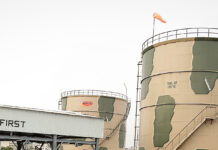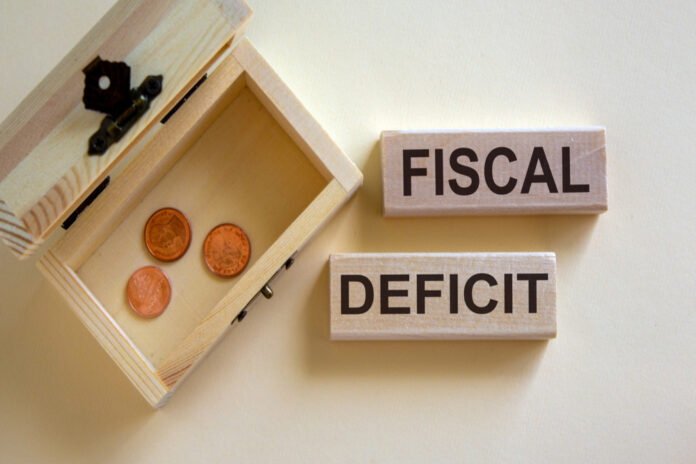The Federal Budget for FY26 is projected to have a fiscal deficit of 3.9% of GDP, the lowest since FY05. This improvement is attributed to an estimated 18.7% growth in tax revenues, a reduction in debt servicing, and curtailed pension expenses, according to a note by brokerage firm AKD Securities.
The reduction in debt servicing, along with an increased reliance on PSDP funding through provincial shares and capital expenditures by State-Owned Enterprises (SOEs), has allowed the government to allocate the highest increase in defense spending in the last 15 years. The government aims to foster economic growth through reforms focused on enhancing agricultural productivity, revitalizing industrial activity, promoting exports, and expanding the digital and IT sectors.
The market outlook remains positive, according to AKD Securities. The increase in the tax rate on profit from debt is expected to enhance the appeal of equities. The revised taxation on mutual fund dividends, now contingent upon the proportion of income derived from debt securities and equities, is likely to encourage mutual funds to shift funds toward equities.
Additionally, the government’s increased reliance on Islamic financing instruments is seen as beneficial for the Pakistan Stock Exchange (PSX). The documentation drive, which includes higher taxation on cash withdrawals and restrictions on asset purchases by non-filers, is expected to benefit the banking sector in the long run.
Moreover, tax credits for interest paid on low-cost housing loans, along with the reduction in withholding tax on property purchases and the removal of FED on property transfers, are seen as positives for the cement and steel sectors.
The government has set an ambitious tax revenue target increase of 18.7% in the context of a nominal GDP growth of 12.7% for FY26. To achieve this, additional taxation measures of approximately PkR680bn are required, which AKD Securities believes can be achieved through improved revenue mobilization, particularly via FBR taxation reforms.
The fiscal deficit also calls for comprehensive fiscal reforms, requiring coordination with the provinces, as evidenced by a 45.1% increase in provincial transfers and enhanced reliance on provinces for PSDP allocation. The National Fiscal Pact is seen as an essential step to rebalance intergovernmental relationships.
For the first time in nearly a decade of aggressive revenue measures, the government has extended some relief to taxpayers. This includes a reduced tax rate for the salaried class and a modest 0.5% reduction in the super tax rate for income between Rs200 million and Rs500 million. Additionally, customs duties, additional customs duties, and regulatory duties have been reduced as part of the tariff rationalization plan.
The budget also introduces a carbon levy on motor spirit, high-speed diesel, and furnace oil at a rate of Rs2.5/liter. The government has allocated Rs9bn in subsidies to promote electric vehicle (EV) adoption, signaling a push towards climate-friendly policies.
In terms of sector-specific impacts, AKD Securities termed the budget positive for the cement and construction materials sectors, supported by a higher PSDP allocation of Rs4.2 trillion for the upcoming year. A gradual increase in GST rates for FATA/PATA and the removal of FED on first-time property purchases are expected to support these sectors.
The clearance of circular debt should improve cash flow in the energy sector, and the documentation drive should benefit the banking sector. However, the increase in the tax rate on profit from debt and higher withholding tax on cash withdrawals for non-filers could negatively affect banking deposit growth in the short term.
Additionally, a higher Petroleum Development Levy (PDL) allocation will help shield OMCs and refineries from inventory losses amid declining crude prices.
























